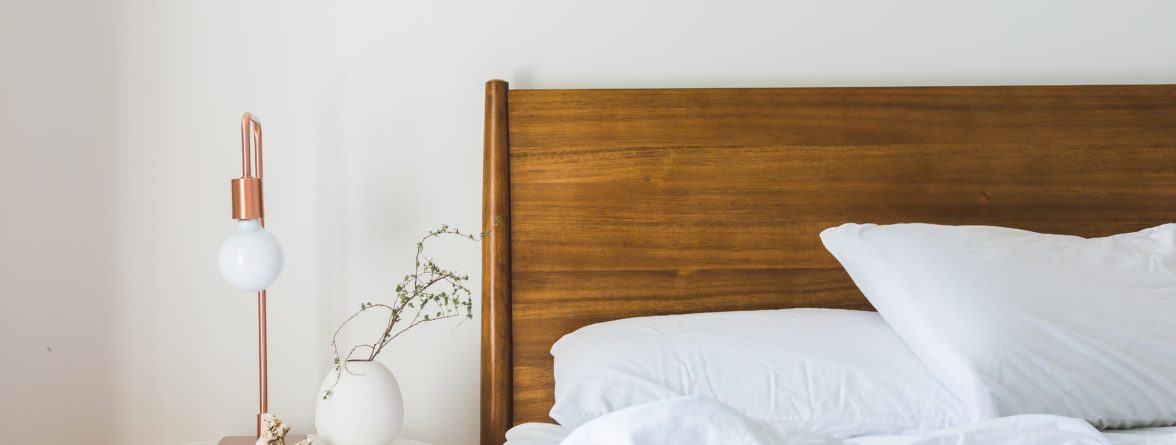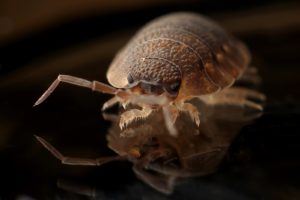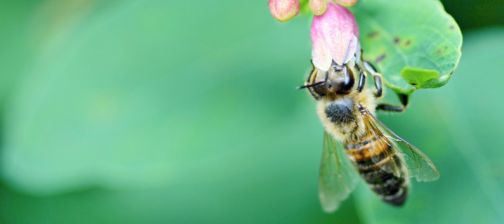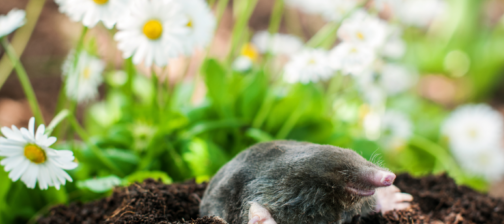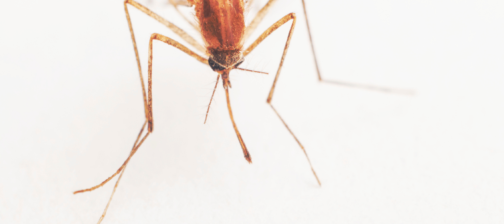Bed bugs can be one of the hardest pests to get rid of. This is because they are traveling pests. A bed bug can hitch a ride in your luggage, on your clothes, and even in used furniture. Just the thought of the possibility of these blood-sucking bugs in your home or business can keep you up at night.
We see people all the time try to get rid of bed bugs themselves before calling a professional pest control company. We’ll tell you which DIY methods may be effective and which are not.
What does a bed bug look like and how do I know I have them?
A bed bug is a small, non-flying insect that can be seen with the naked eye. They’re a brown, reddish color, oval-shaped, and appear flattened. The most common signs you have an infestation are bites on your body after sleeping and small dark red or brown bloodstains on bed sheets.
We recommend if you see any signs of beg bugs, call us. Imperial Pest Controllers technicians are prepared and trained to eradicate them fast and at the easiest convenience to you.
At-home Remedies for Bed Bugs
Baking soda or talcum powder
These DIY methods are popular and involve sprinkling the products around bed bug hotspots. After a few days, you’re supposed to vacuum it up and repeat the process.
Baking soda and talcum powder are thought to absorb the surface fluids on the waxy layer of a bed bug’s shell and dehydrate them. It is also thought that the small granules of baking soda can cut into a bed bug’s shell and cause internal bleeding.
Yay or nay?
Nay. There is no scientific evidence to suggest that baking soda or talcum powder is a successful home remedy for bed bugs. Baking soda actually breaks down when it comes into contact with water, so the idea that it can absorb the thick fluids found on a bed bug shell is questionable. Also, talcum powder is not strong enough to penetrate a bed bug’s exoskeleton.
Mothballs
During this process, you place a handful of mothballs around the areas bed bugs usually inhabit. The theory is that the chemicals used in mothballs have a pungent smell—something bed bugs don’t like. So, it’s believed that the smell naturally repels bed bugs.
Yay or nay?
Nay. Rutgers University did a study to see if this DIY method works. Researchers placed bed bug adults, nymphs, and eggs throughout plastic bags filled with clothes, and sealed the bags. After one week, less than 50% of the bed bug adults had been killed, and the mothballs had no significant effect on bed bug eggs.
Washing bedding or vacuuming well
Yay or nay?
Yay! Washing all bedding and fabrics (like clothing) and vacuuming affected areas very well could be an effective way to get rid of bed bugs. Make sure to wash fabrics in hot water and heat dry them. Heat kills bed bugs. Vacuum every crack and crevice of the affected areas. Make sure to empty the vacuum bag often in an outside trashcan to avoid bringing them back inside.
Rubbing alcohol
Rubbing alcohol is one of the most popular remedies for bed bug infestations and is thought to both kill and repel these biting insects. Pour the rubbing alcohol in a spray bottle, then saturate affected areas and other areas where bed bugs may be hiding.
Yay or nay?
Nay. In the same study by Rutgers University researchers, only half of the bed bugs they tested still survived after four days. However, it is thought an alcohol percentage of 90% or more will effectively kill bed bugs. This percentage is potentially hazardous to your health though, and we do not recommend it.
Freezing
Yay or nay?
Yay! Just like heat, bed bugs are not happy about the cold either. Throw clothing, pillow, duvets, etc. in the freezer for a minimum of 10 hours. To be successful, the temperature should be at least -274°F.
Like any other potentially effective DIY process, this isn’t 100% foolproof at eradicating an infestation.
 When our technicians handle a bed bug infestation, we start with a thorough inspection of all the areas they may be hiding. We search bed frames, mattresses, boxsprings, through dressers, in closets, behind and under couches, and in luggage.
When our technicians handle a bed bug infestation, we start with a thorough inspection of all the areas they may be hiding. We search bed frames, mattresses, boxsprings, through dressers, in closets, behind and under couches, and in luggage.
If we find an infestation present, we work with our customers to solve the problem. Bed bug treatments require a chemical treatment of the affected areas of the home or business as well as heat fumigation of the fabric contents (couches, chairs, clothing, etc.).
Our effective bed bug treatments are extremely labor-intensive. They are a two-day process that also involves preparation on the customer’s part. If you suspect you have an infestation, we offer a FREE inspection. Call us today to prevent bed bugs from sucking the life out of you!

